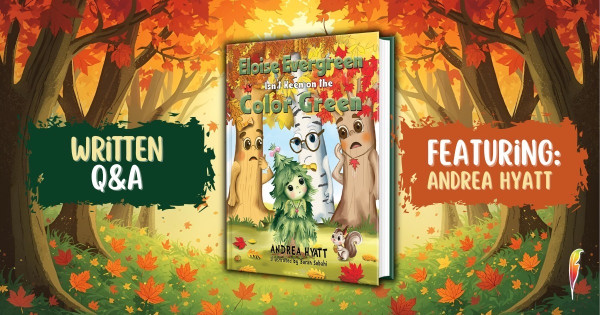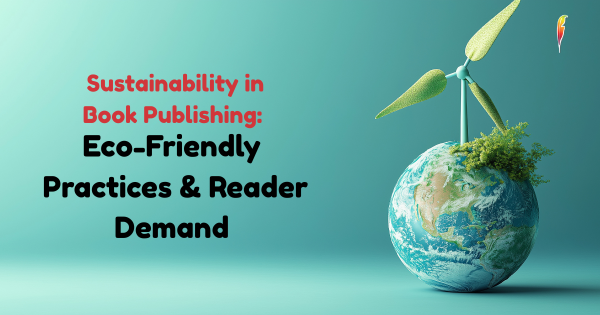
How to Conclude A Story Effectively: Story Ending Examples
Have you ever been obsessed with a book and then it was ruined by a poorly planned ending? We have all been there, and as a reader it leaves you feeling disappointed, confused, and unsatisfied!
The ending to your story is going to be the final impression left with your reader. This can be the make and break to whether your book will receive a positive review or if they recommend it to their friends. This is why as a writer it is so important to know how to end your story effectively. Don’t leave it as an afterthought or try to rush through the ending. Make sure to consider all your different options and plan how your story will end.
To support you with writing your perfect ending, we have put together a list of the most common types of story endings. In this blog, we will discuss what these different story endings are and what genres are typically suited to them.
Types of Story Endings
Resolved Ending
This type of ending has a ‘tied ending’ to the story. The reader has all their questions answered and there are no loose ends to the story plot. The reader should be left feeling fulfilled and not questioning about what happened to who. This type of ending is typically common in romance novels, as we quite often see the main characters finding their ‘happy ending’. However, not all resolved endings have to be a happy one, it can be a tragic one, as long as the story has come to an end.
Twist Ending
This type of ending is meant to catch the reader off guard and is one that they likely didn’t see coming. The key to writing this kind of story ending is to leave clues for the reader throughout the book to then unveil the plot twist at the end of the story. It is important to make sure that the plot twist is still relevant to your story line and not something that was completely unexpected. These types of endings are very common amongst crime, thriller and mystery books.
Tied Ending
A tied ending is where the plot is brought back to exactly the same place as to where it all started. Often in this kind of story, you will find the main character will go on a journey, learn valuable lessons and then return to their life with their new found wisdom. More commonly known as the ‘Hero Journey’. This is a popular ending that is used amongst fantasy or contemporary pieces of fiction.
Expanded Ending
In this type of ending the characters move forward in time and the reader will find out what happens to the characters in the future. This technique is really useful in addressing any final questions that the reader might have about the story plot. Ultimately, it helps the reader to have a fuller understanding of your story and to know the full picture. It is also a useful way to allude to your next book if you are writing a series. This type of ending is quite common in romance books where they let the reader know that the main characters lasted in their happily ever after.
Ambiguous Ending
With this style of ending, the readers are left to reflect on how the story ended and decide on the answer themselves. It is all down to interpretation. The key to this is giving them enough information, so that they can come to a conclusion themselves. This ending will leave your readers with some questions when they reach the end of your book. But this can be a great technique for getting your readers on forums or social media to discuss your book further. If you are writing a horror book, then this type of ending might be particularly well suited.
Unresolved Ending
This is a cliffhanger style ending, where the reader doesn’t know what happens next and has many questions left unanswered. This can sometimes be quite a frustrating experience for a reader, as they want to know how the story ends. Although, this can be useful if you are writing a series and wanting the reader to buy your next book. A useful technique for this style of ending, is to give the reader some of the answers but potentially leave one mystery still unresolved. This style of ending is quite common amongst thriller and horror genres.
Conclusion
Now that you know about the different story ending techniques, we hope this will help you with finding the perfect ending to your story.
Feeling inspired and ready to finish your story? Submit your manuscript here, for your chance to become a published author. You can also stay updated with our new releases and activities by joining our family of authors and readers on Facebook, X, TikTok, and Instagram.
We use cookies on this site to enhance your user experience and for marketing purposes.
By clicking any link on this page you are giving your consent for us to set cookies



